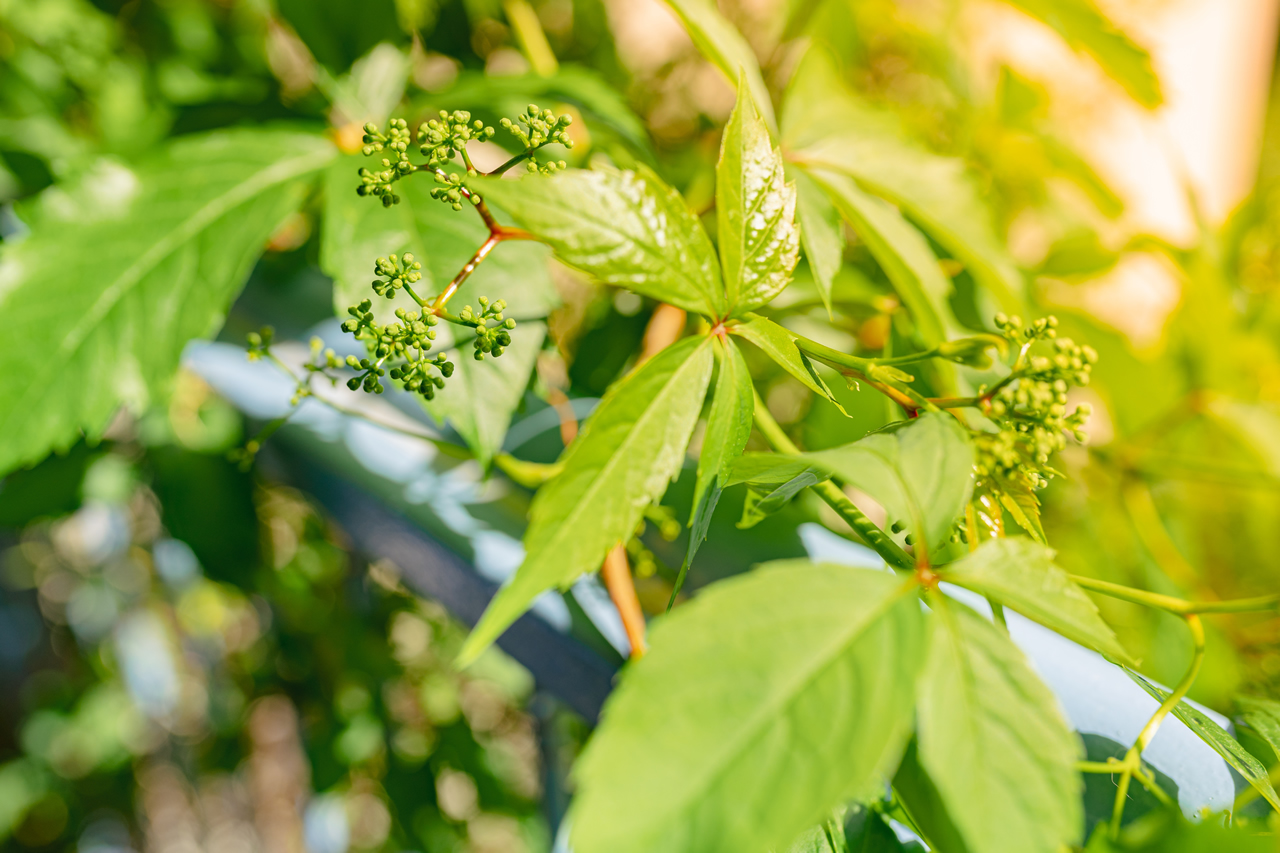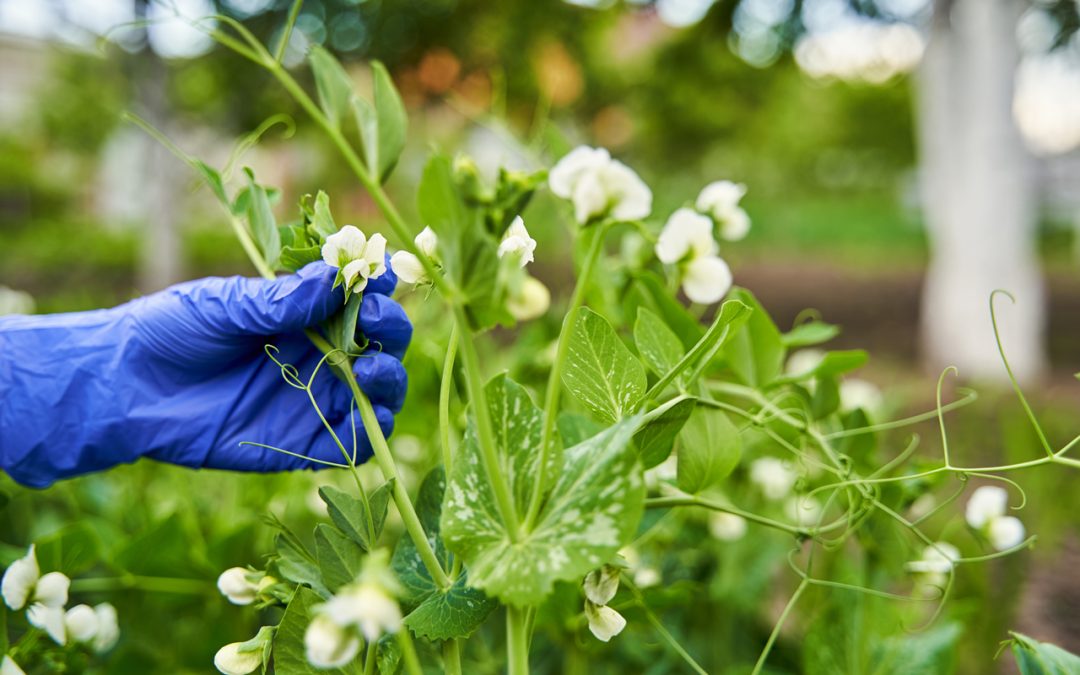Gardening is a beloved hobby for many, offering a peaceful retreat into nature and the joy of nurturing life. Yet, beneath the beauty and tranquility, dangers lurk in the form of poisonous plants. These silent threats can pose serious risks to humans and pets alike, making it crucial for gardeners and homeowners to recognize and understand the potential hazards in their green spaces. This article delves deep into the world of poisonous plants, providing essential insights into identification, effects, and preventive strategies to ensure your garden remains a safe haven for all.
Understanding the Risks of Poisonous Plants
The allure of a lush, vibrant garden is undeniable, but so is the responsibility that comes with it. Among the myriad of plant species adorning our yards and indoor spaces, some hold toxic secrets. These plants contain chemical compounds designed as defense mechanisms against predators, which, when ingested or sometimes merely touched by humans or animals, can lead to adverse health effects.
Identifying Common Poisonous Plants
To protect your loved ones and furry friends, it's vital to familiarize yourself with the common culprits lurking in gardens. Here are a few notorious poisonous plants:
– Oleander: With its delicate flowers, oleander is a popular ornamental shrub. However, its leaves and flowers contain potent cardiac glycosides that are toxic to both humans and animals.
– Rhododendron and Azaleas: These beauties are not just a feast for the eyes but also a hidden danger, containing substances that can induce vomiting, diarrhea, and even coma in severe cases.
– Lilies: While enchanting in appearance, certain lily varieties are extremely toxic to cats, leading to kidney failure even in small amounts.
– Sago Palm: Often used in landscaping and as indoor plants, every part of the sago palm is poisonous, with the seeds being particularly dangerous, causing liver failure and potentially death in pets.
Recognizing Poisonous Plants in Your Garden
Knowledge is power, especially when it comes to preventing poisoning from plants. Here's how to spot potentially dangerous flora:
- Leaves: The shape, color, and arrangement of leaves can offer the first clue to a plant's identity and toxicity.
- Flowers and Fruits: Many poisonous plants have distinctive flowers or fruits that can aid in their identification.
- Habitat and Growth Patterns: Some plants prefer specific environments or have unique growth habits that can help pinpoint their species.
The Effects of Poisonous Plants
The impact of coming into contact with a poisonous plant varies widely, depending on the plant species, the amount ingested, and the individual's sensitivity. Symptoms can range from mild irritations, such as rashes or stomach upset, to severe, life-threatening conditions.

Preventive Measures to Safeguard Your Garden
Creating a safe garden environment doesn't mean you have to forgo beauty. Here are steps to minimize the risks:
- Educate Yourself and Your Family: Knowledge about the plants in your garden and their potential effects is crucial. Teach children to recognize and avoid touching or ingesting unknown plants.
- Pet-Proof Your Garden: If you have pets, research and avoid planting species known to be toxic to animals.
- Choose Safe Alternatives: Many non-toxic plants can provide the same aesthetic appeal without the dangers. Opt for these safer options whenever possible.
Handling Exposure to Poisonous Plants
If you suspect that you or a loved one has come into contact with a poisonous plant, it's important to act quickly:
- Remove any plant material from the skin or mouth.
- Rinse the affected area with water.
- Seek medical attention if symptoms develop.
For pets, contact your veterinarian or an emergency animal hospital immediately if you suspect poisoning.
Final Thoughts
While the presence of poisonous plants in our surroundings demands respect and caution, it shouldn't deter us from enjoying the many benefits and pleasures of gardening. With informed choices and proactive measures, we can cultivate safe, beautiful spaces that thrive in harmony with nature and wildlife. Remember, the key to a safe garden lies in education, awareness, and a little bit of caution.
FAQs
- What should I do if I suspect plant poisoning?
Immediate action can be crucial. For humans, remove any remnants of the plant from the person's mouth and rinse the area thoroughly. If symptoms appear, seek medical attention promptly. For pets, contact a veterinarian immediately, as early intervention can be critical.
- Are all parts of a poisonous plant equally toxic?
No, toxicity can vary significantly between different parts of the same plant. For example, in some plants, the seeds or berries are more toxic than the leaves or stems. It's essential to research each plant's specific toxic components.
- How can I teach my children about plant safety?
Start by educating them about the importance of not touching or ingesting any plant without adult supervision. Use visual aids like pictures or take them on a garden tour, pointing out safe and unsafe plants. Encourage open communication and curiosity, answering their questions clearly and accurately.
- Can pets be trained to avoid poisonous plants?
While training pets to avoid certain areas or items is possible, it's not foolproof, especially with curious animals. The best approach is to eliminate toxic plants from accessible areas and closely supervise pets when they're near potentially dangerous plants.
- Where can I find a list of safe plants for my garden?
Numerous resources are available for identifying safe plants, including local gardening centers, botanical gardens, and reputable online databases. The ASPCA also provides an extensive list of toxic and non-toxic plants for pets, which can be a great starting point.

